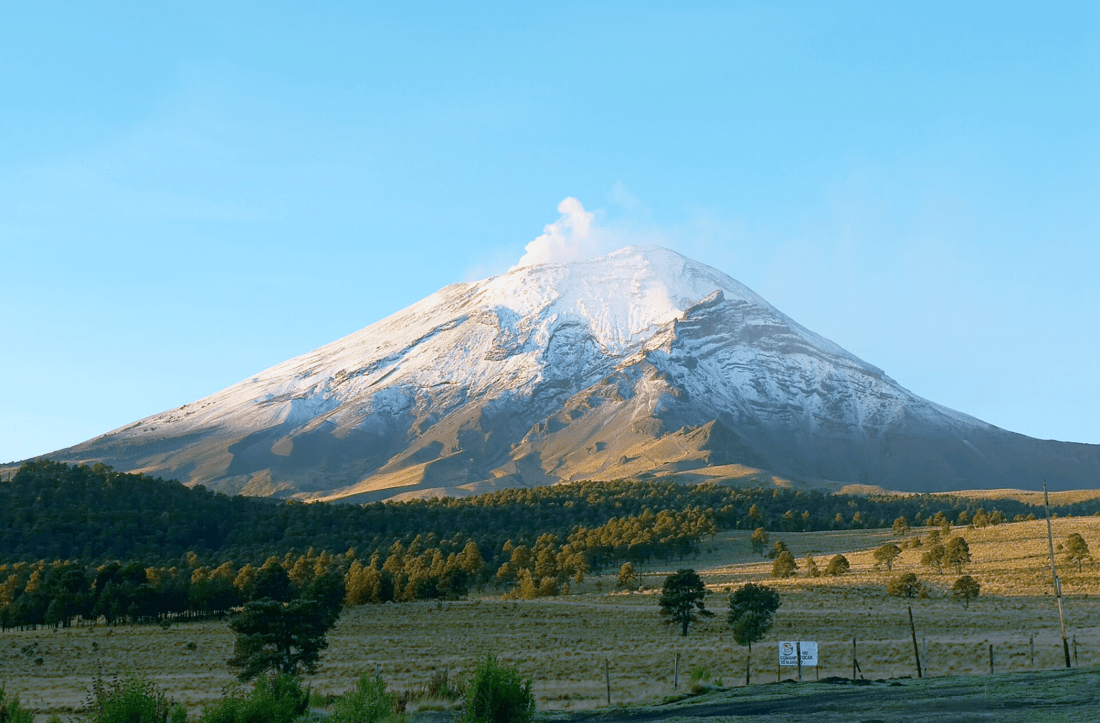
Popocatépetl
*
Español
February 18, 2024
by Philip Gambone
"The person who falls in love with Mexico falls in love with a colorful and proud and present entity, but he is also involved, in the deepest sense, in a mystery."
So wrote novelist and poet Malcolm Lowry. Many writers have tried to capture the mystery that is Mexico. Few have surpassed Lowry. His 1947 novel, Under the Volcano, is almost universally recognized as a twentieth-century masterpiece, a work of tragic genius. "The greatest modern novel about the struggle of mankind against the forces of evil," declares Lowry's biographer Gordon Bowker. Indeed, when I first began to visit Mexico, Under the Volcano seemed to be one of the handful of novels that every guidebook I consulted recommended.
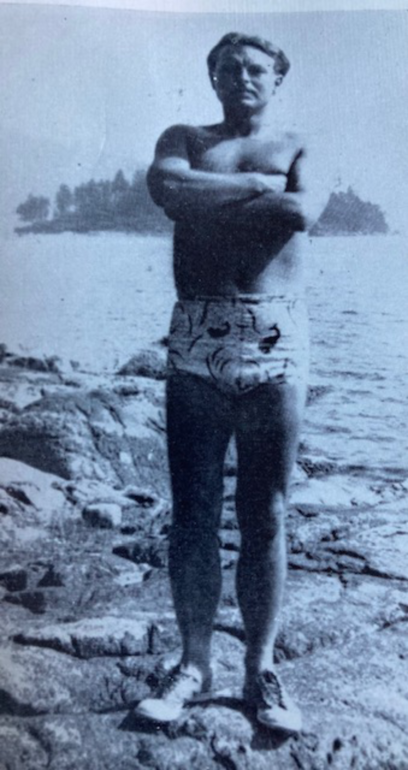
Malcolm Lowry
*
Lowry's life—a "Faustian flirtation with damnation," Bowker says—was as tragic as the life of his novel's anti-hero, Geoffrey Firmin. Lowry was a severe alcoholic—"one of the world's greatest drunkards," one of his friends called him—lonely and unsuccessful in love and marriage. He felt a "compulsion," writes Bowker, "to change the self through alcohol and the world through literature."
Lowry was born in Liverpool in 1909,"the last and least wanted of four children." He started attending boarding school when he was seven. Although he excelled at sports, his English public-school experience was one of separateness and rejection. Eager for adventure before university, he signed on as a fireman's boy and deck hand on a freighter, experiences he later incorporated into his first novel, Ultramarine.
On returning to England, Lowry wrote to Conrad Aiken, one of his literary idols, "I have lived only nineteen years and all of them more or less badly." He was, he said, "a perpetual source of anxiety to a bewildered parent." Nevertheless, he told Aiken that he was already writing and had "a certain amount of youthful success as a writer of slow and slippery blues."
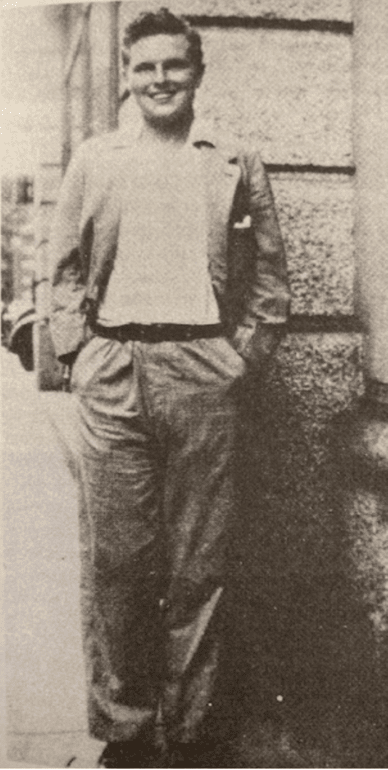
Lowry 1929
*
Lowry went on to Cambridge and graduated—squeaked by is more accurate—in 1932. Supported by an allowance from his father, he moved to London, determined to become a writer. Happy to pursue a bohemian existence, he lived in squalid, unheated rooms. One friend noted that he started each day with "a goodsnorter of whisky." His drinking habit, which he'd begun at age fourteen, was already becoming a problem. In the spring of 1933, Lowry, went to Spain, where he attended his first bullfight and was in constant danger of arrest because of his drunkenness and his growing support of the Spanish Republican cause.
In Granada, he met Jan Vanderheim, a glamorous, young former actress, who had left the stage to become a writer. Jan, who was two years younger than the 24-year-old Lowry, was smitten. In her journal, she wrote that she found his mind "complex and brilliant and his conversation engrossing." For his part, Lowry was "so much in love I could die." After a somewhat bumpy courtship, they were married in Paris in early January 1934.
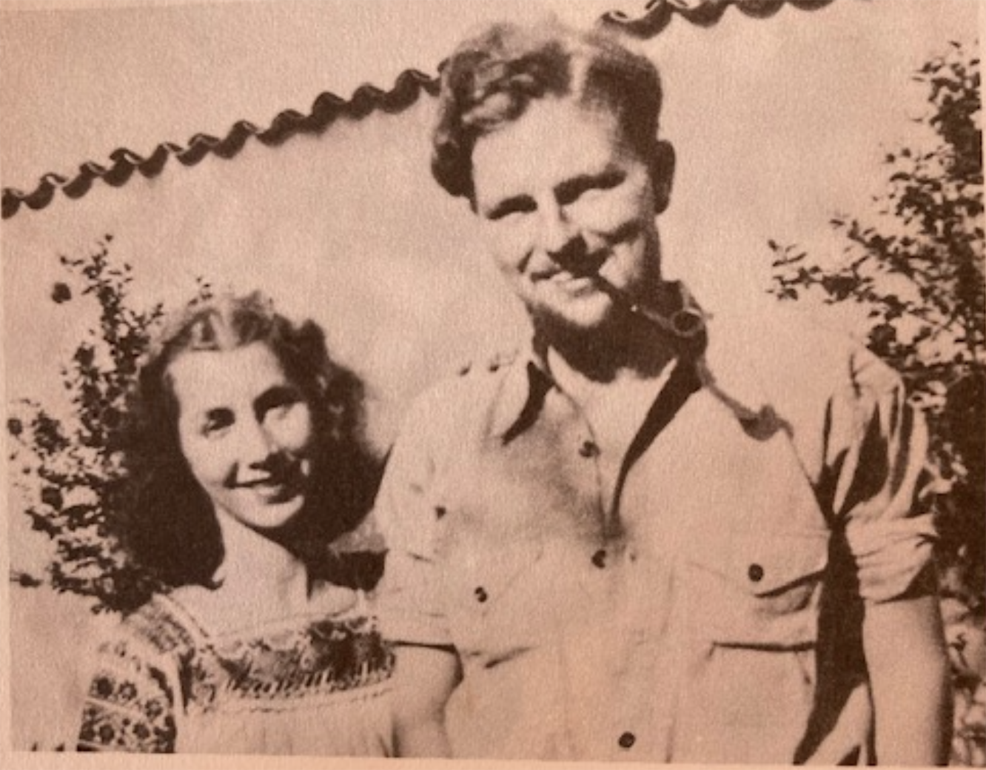
Malcom and Jan
*
Ever the bohemian, Lowry found the domestic routines of marriage a challenge. When Jan got pregnant, they both decided they were too young to raise a child and she got an abortion. Meanwhile, Lowry's writing was not going well, his novel Ultramarine had received lukewarm reviews in England, and his drinking had picked up. Needing a break from her husband's near-suicidal behavior, Jan took off for the States, which sent Lowry into even deeper alcoholic deterioration.
In July 1934, Lowry sailed to New York, eager to reunite with Jan and hoping for better publishing prospects than he'd found in his native England. He and Jan stayed in New York for over a year, during which time they both worked on their writing. There were good days and bad ones. "For all its drama and existential fury," Lowry later recalled, "it's a city that can be remarkably hard … to get on the right side of one's despair."
Hoping to rekindle their marriage, the couple decided to visit Mexico. Lowry's interest was sparked by his admiration for D. H. Lawrence's Mexico books, The Plumed Serpent and Mornings in Mexico. Additionally, his friendship with the left-wing writer Waldo Frank, who knew Mexico well, and his appreciation for the poetry of Hart Crane, who had also lived in Mexico for a time, contributed to his eagerness to travel south of the border.
At the end of October 1936, after a cross-country bus trip, he and Jan set sail from Los Angeles. They arrived in Acapulco on October 30, though Lowry always claimed he reached Mexico on the Day of the Dead. Butterflies came out to greet their ship, he later recalled. He had his first taste of mescal the next day.
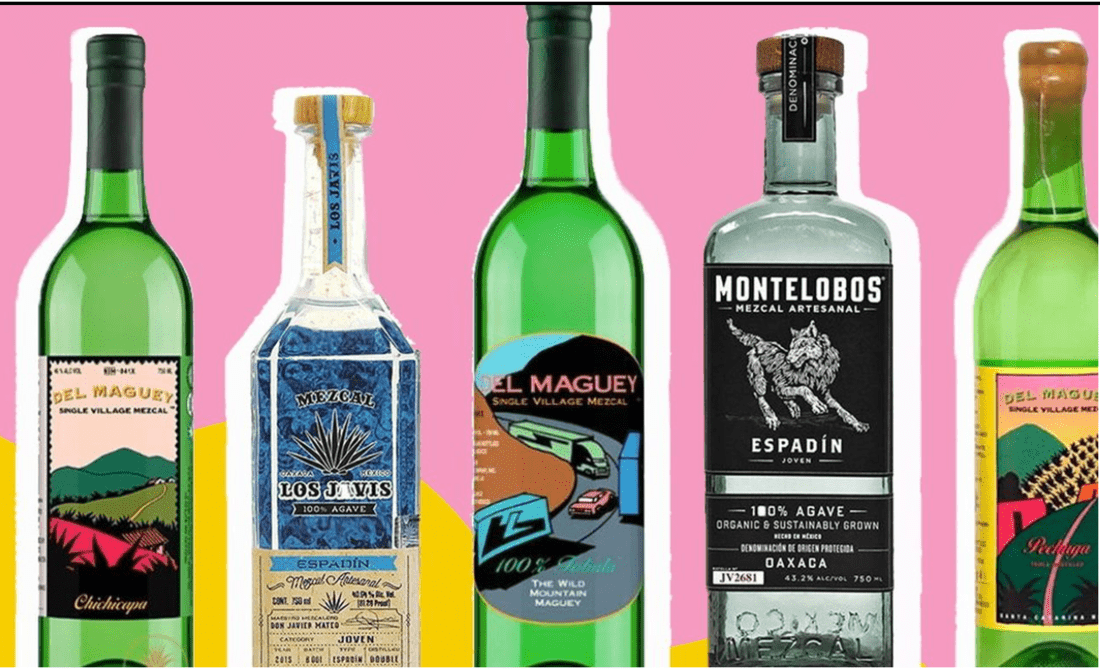
Mezcal
*
After a few weeks of touring around, they ended up in Cuernavaca, where, for $44 a month, he and Jan rented a three-bedroom house with a view toward Mexico's two iconic volcanoes, Popocatépetl and Iztaccíhuatl. The city, Bowker writes in his biography, "was a drinker's paradise. Cheap alcohol, which acted fast at the town's high altitude, and cantinas which opened at the crack of dawn and closed in the early hours, had attracted an alcoholic community of all nations. It was not the healthiest place for a man like Lowry."
The place they rented was "charming," Jan recalled years later. "Tile roof, huge grounds set back way from the street, with a pool. It was lushly lush and had lots of fruit trees, flowering trees, flowering shrubs." Behind the house was a precipitous barranca or ravine, which fired Lowry's imagination, a symbol for the great, unavoidable abyss that each person confronts in life.
Lowry had been working on his second novel—about a Cambridge undergraduate who is a would-be writer—but the allure of Mexico soon sent his writing in other directions. He began taking copious notes for the novel that would eventually become Under the Volcano. Once a month, he and Jan took a bus into Mexico City, where they would spend a week doing the rounds of theatres, galleries, concerts. Lowry was particularly attracted to the Rivera paintings he saw in the capital.
On one such trip, the bus driver stopped when he spotted an Indian bleeding by the side of the road. The passengers got off, but were advised not to try to aid the man, as it might land them in trouble with the law. Lowry felt terribly guilty about leaving the Indian to die. The incident haunted him and later became a vivid and horrifying chapter in Under the Volcano.
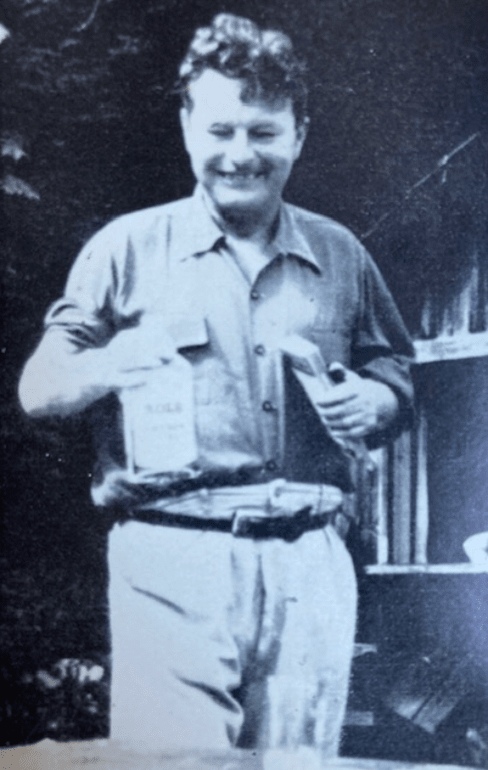
As his drinking got worse, Lowry began to fall into trouble. He was repeatedly thrown in jail for drunkenness and unshaven appearance, and because he was thought to be a spy. He started to worry about his sanity. "If I do not drink now a certain amount there seems no possible doubt that I shall have a nervous breakdown." To his mentor, Conrad Aiken, he wrote, "Have now reached condition of amnesia, breakdown, heartbreak, consumption, cholera, alcoholic poisoning, and God will not like to know what else."
When Aiken came to visit in June 1937, he noted that Lowry was sinking ever deeper into "marital and alcoholic misery and despair … in that nest of old rags and blankets in which for the most part he lived, on the verandah of the villa." Aiken himself was no teetotaler and often, during his long stay with the Lowrys, repeatedly accompanied Malcolm on a tour of the local bars.
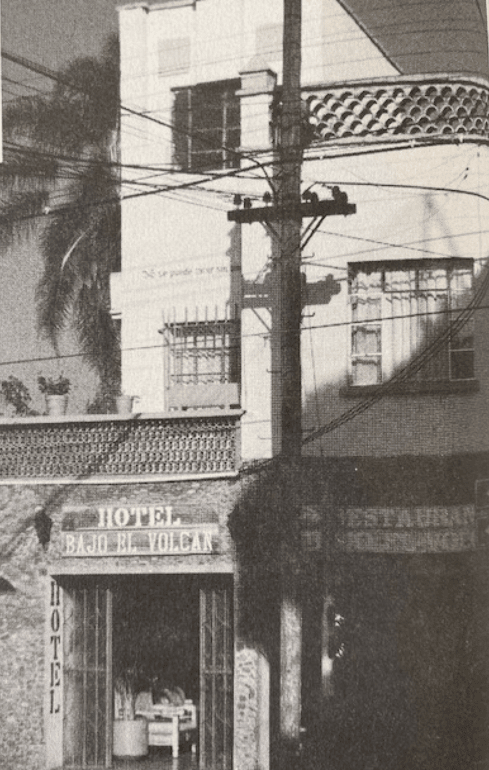
Lowry's hangout in Cuernavaca
*
In December, Jan took off for Los Angeles. From Hollywood, she wrote, pleading with him to join her and begin anew. But by the following June, she realized that their marriage was over. "We were idyllic in Cuernavaca for three months. I became your mother, now I am paying for it. You're a great writer, a great talent, the most gifted man I have ever known. You have it in you to become one of the century's greatest writers. But you need help, not band-aid." She suggested the Menninger Clinic in Topeka, Kansas. Lowry did not reply.
Under the Volcano would not be published for another nine years, but it had been gestating ever since Malcolm and Jan arrived in Mexico. The incident of the bleeding Indian dying by the side of the road ended up becoming Chapter VIII of the novel. "Lowry's rather sketchy story," writes Stephen Spender, "grew into a masterpiece." It's that masterpiece that I'll turn to in next week's column.
**************
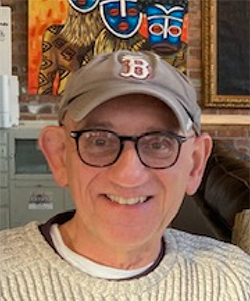
Philip Gambone, a retired high school English teacher, also taught creative and expository writing at Harvard for twenty-eight years. He is the author of five books, most recently As Far As I Can Tell: Finding My Father in World War II, which was named one of the Best Books of 2020 by the Boston Globe. He will be doing a reading from that book at the San Miguel Writers' Conference on Tuesday, February 20.
**************
*****
Please contribute to Lokkal,
SMA's online collective:
 ***
***
Discover Lokkal:
Watch the two-minute video below.
Then, just below that, scroll down SMA's Community Wall.
Mission

Visit SMA's Social Network
Contact / Contactar

